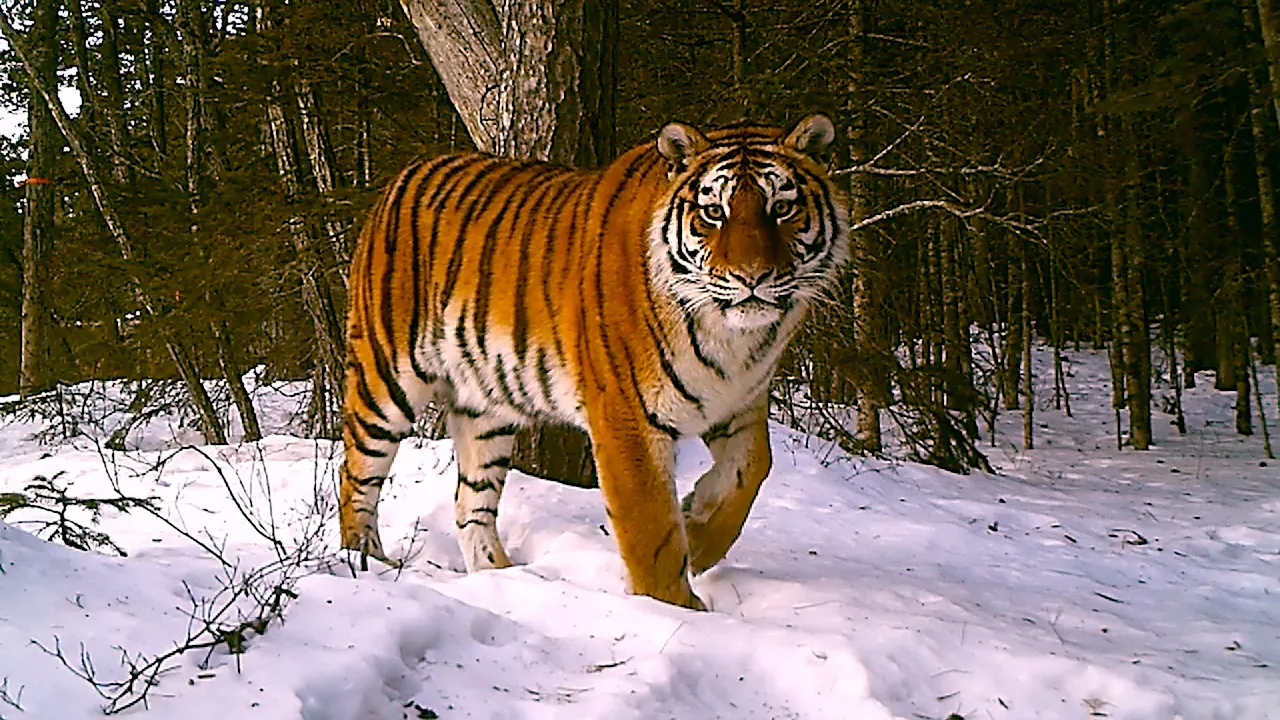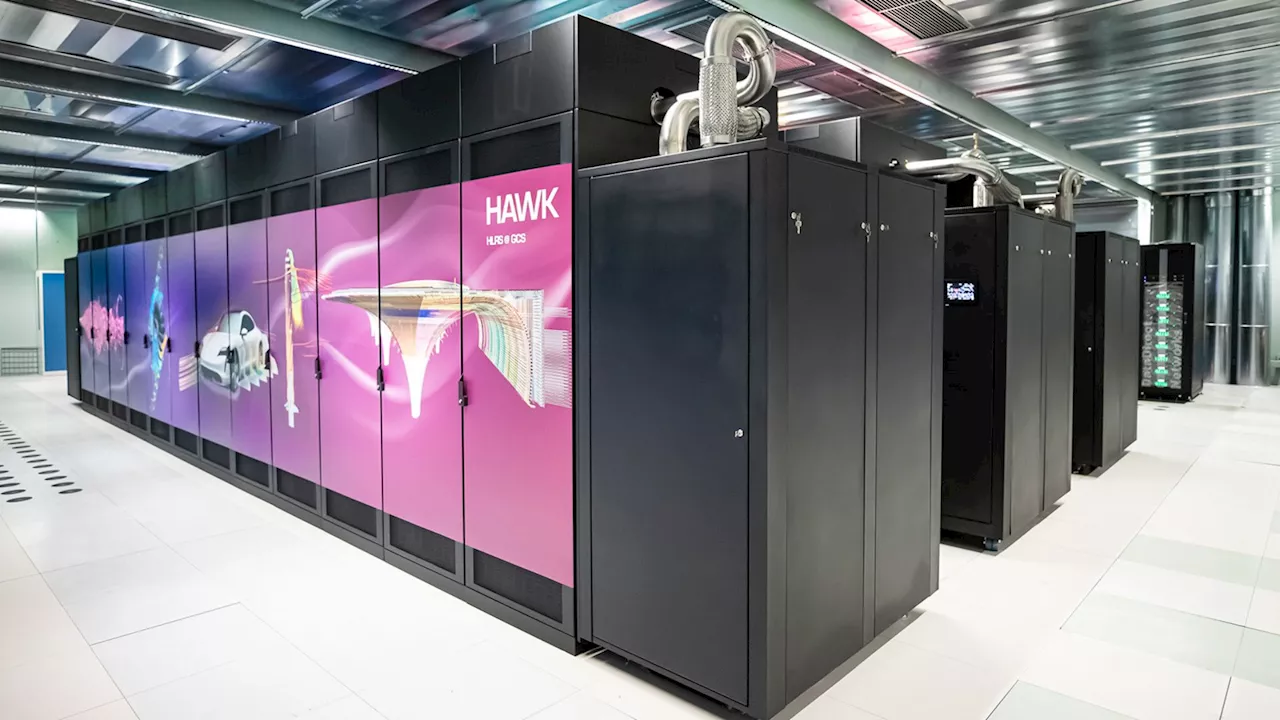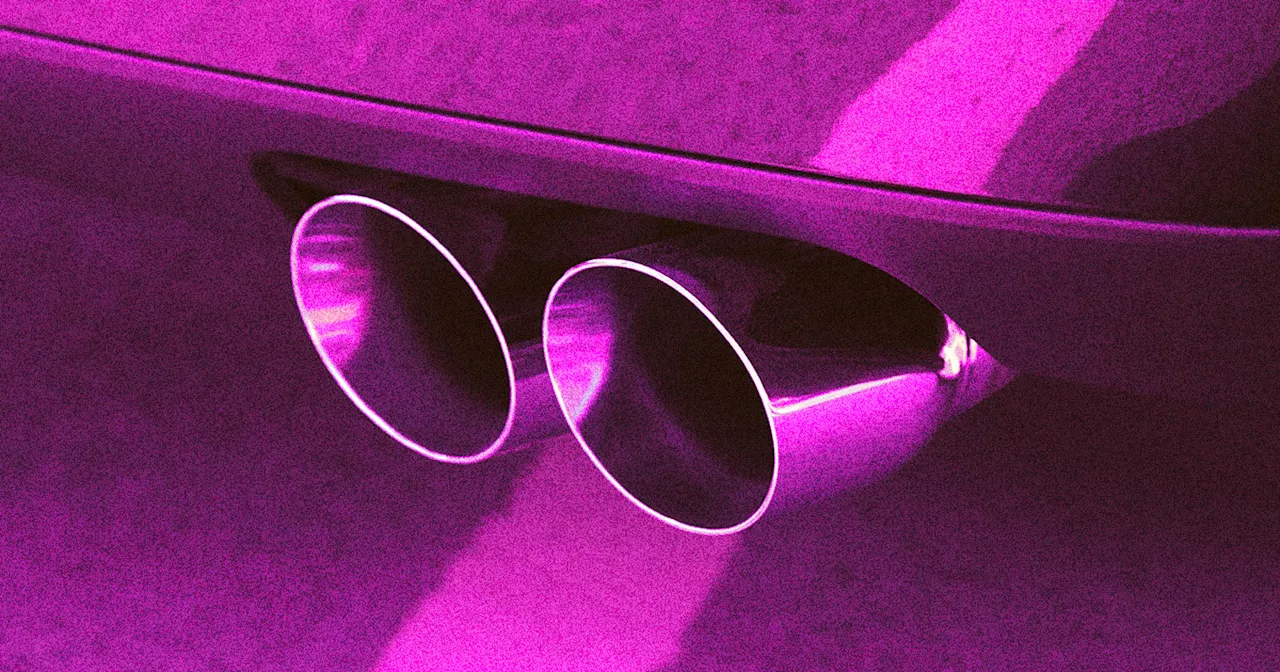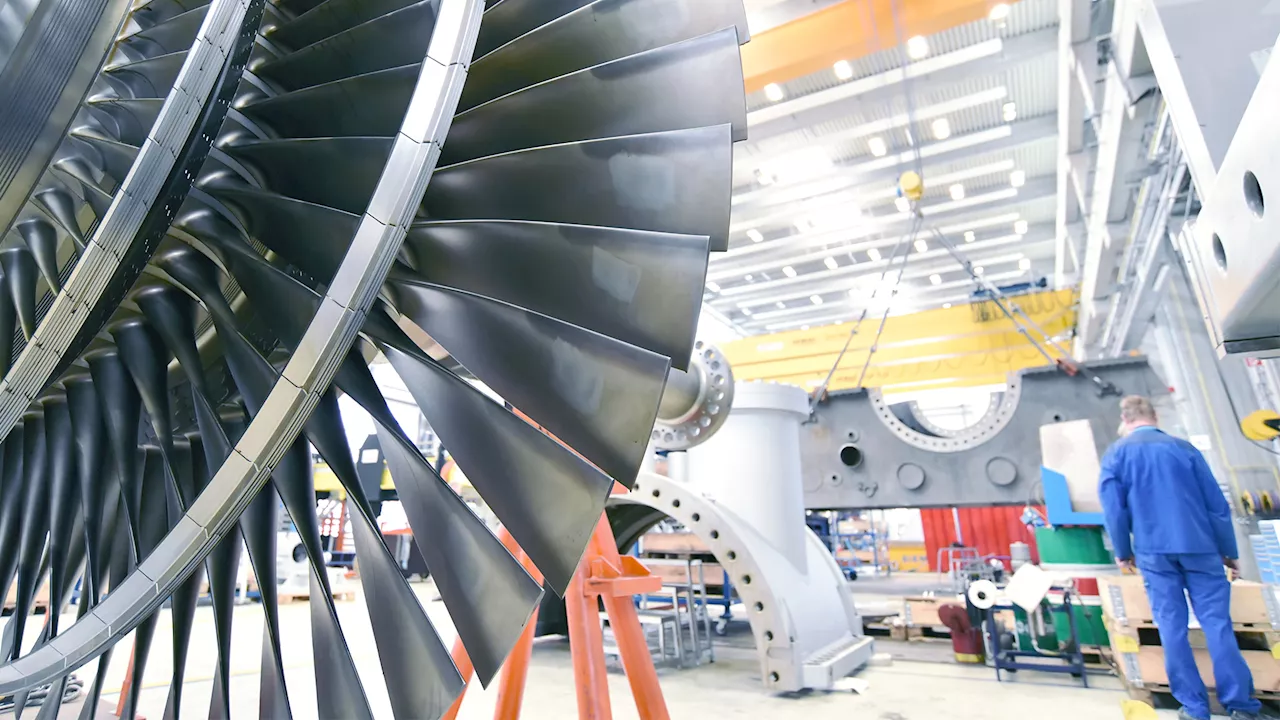Researchers have reduced the size of steam turbines using supercritical CO2 as a medium, hinting at smaller power plants.
Steam turbines, traditionally large due to their medium, can now achieve comparable output with a fraction of the footprint using a new medium.Steam turbine technology, nearly two centuries old, appears to have been overlooked in the progression of developmentThe key element missing from the equation is the medium employed – the utilization of sCO2 has the potential to downsize steam turbines
Over the years, the design was licensed, expanded in scale, and became the mechanism to generate electricity at major power stations around the globe.The fundamental principle behind electricity generation has remained largely unchanged since Michael Faraday’s discovery in 1831. Faraday discovered that moving a magnet inside a coil of wires induces an electric current to flow through the wire.
This transition from the Rankine cycle, traditionally employed in steam turbines, to the Brayton cycle, utilized in heat engines that utilize air as their working fluid, liberates researchers from conventional constraints. Within the Brayton cycle, enhancing the pressure ratio can yield notably superior energy efficiencieshad previously reported that a three-foot turbine uses sCO2 can generate the same output as a 65-foot steam turbine.
In addition to experimenting with a different medium, the research team at SwRI is also integrating an upcoming renewable energy technology – concentrated solar power , into this project. This approach uses an array of mirrors to concentrate sunlight onto a receiver tower where a high-temperature fluid is heated. This fluid can be used to spin a turbine and generate electricity. The technology is still new and far from becoming economically feasible.
United States Latest News, United States Headlines
Similar News:You can also read news stories similar to this one that we have collected from other news sources.
 Men Forget About Female Researchers, Says Study On Gender Citation GapA gender bias expert, Kim Elsesser, Ph.D., is the author of Sex and the Office, and she taught classes on gender at UCLA for eight years. She is a senior contributor for Forbes and has published in the New York Times and Los Angeles Times.
Men Forget About Female Researchers, Says Study On Gender Citation GapA gender bias expert, Kim Elsesser, Ph.D., is the author of Sex and the Office, and she taught classes on gender at UCLA for eight years. She is a senior contributor for Forbes and has published in the New York Times and Los Angeles Times.
Read more »
 Automated method helps researchers quantify uncertainty in their predictionsA new technique can help researchers who use Bayesian inference achieve more accurate results more quickly, without a lot of additional work.
Automated method helps researchers quantify uncertainty in their predictionsA new technique can help researchers who use Bayesian inference achieve more accurate results more quickly, without a lot of additional work.
Read more »
 NASA and Google Earth team up with researchers to help save tigersAndrew Paul is Popular Science‘s staff writer covering tech news. Previously, he was a regular contributor to The A.V. Club and Input, and has had recent work featured by Rolling Stone, Fangoria, GQ, Slate, NBC, as well as McSweeney’s Internet Tendency. He lives outside Indianapolis.
NASA and Google Earth team up with researchers to help save tigersAndrew Paul is Popular Science‘s staff writer covering tech news. Previously, he was a regular contributor to The A.V. Club and Input, and has had recent work featured by Rolling Stone, Fangoria, GQ, Slate, NBC, as well as McSweeney’s Internet Tendency. He lives outside Indianapolis.
Read more »
 Researchers develop molecules for a new class of antibiotics that can overcome drug resistant bacteriaAbout a decade ago, researchers began to observe a recurring challenge in their research: Some of the compounds they were developing to harness energy from bacteria were instead killing the microbes. Not good if the objective of the project was to harness the metabolism of living bacteria to produce electricity.
Researchers develop molecules for a new class of antibiotics that can overcome drug resistant bacteriaAbout a decade ago, researchers began to observe a recurring challenge in their research: Some of the compounds they were developing to harness energy from bacteria were instead killing the microbes. Not good if the objective of the project was to harness the metabolism of living bacteria to produce electricity.
Read more »
 Researchers deploy supercomputer Hawk to feed on solar cell flawsScientists always try to make things to perfection. But imperfection will now help make solar cells more efficient.
Researchers deploy supercomputer Hawk to feed on solar cell flawsScientists always try to make things to perfection. But imperfection will now help make solar cells more efficient.
Read more »
 Cars with Built-In Filters Capture CO2 as You DriveA company has developed cars with built-in filters that capture carbon dioxide from the atmosphere as you drive. The filters convert about 20 grams of CO2 during 20 laps around a track, but it's unclear if the system can significantly reduce vehicle emissions.
Cars with Built-In Filters Capture CO2 as You DriveA company has developed cars with built-in filters that capture carbon dioxide from the atmosphere as you drive. The filters convert about 20 grams of CO2 during 20 laps around a track, but it's unclear if the system can significantly reduce vehicle emissions.
Read more »
